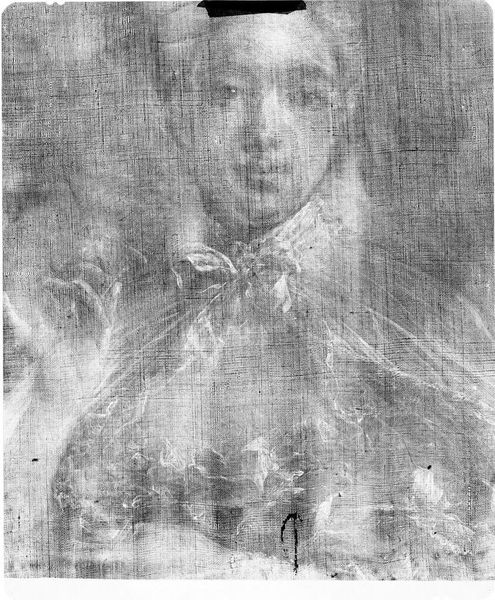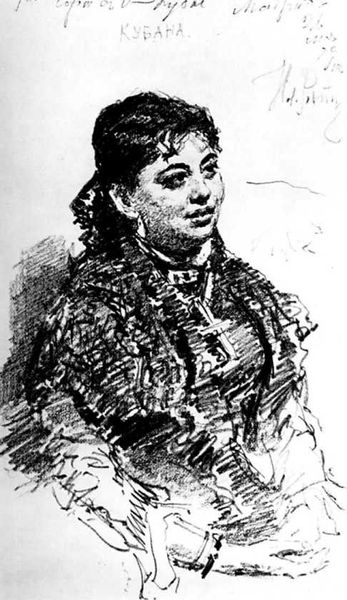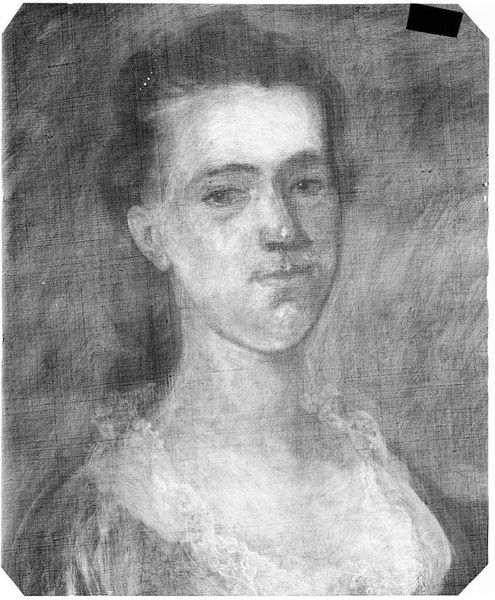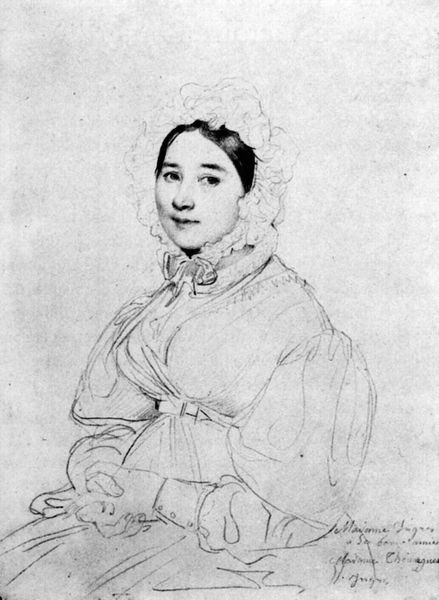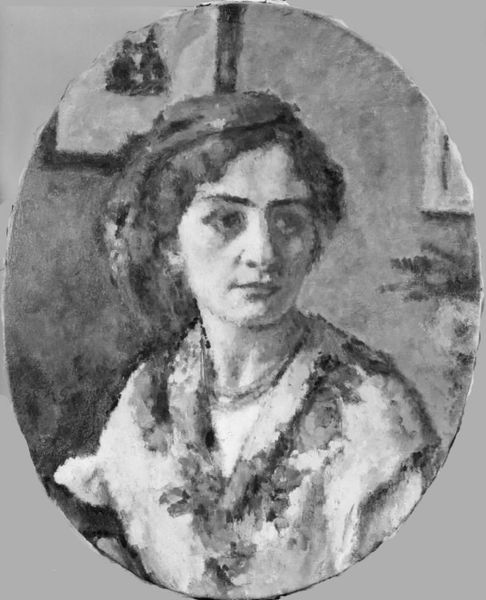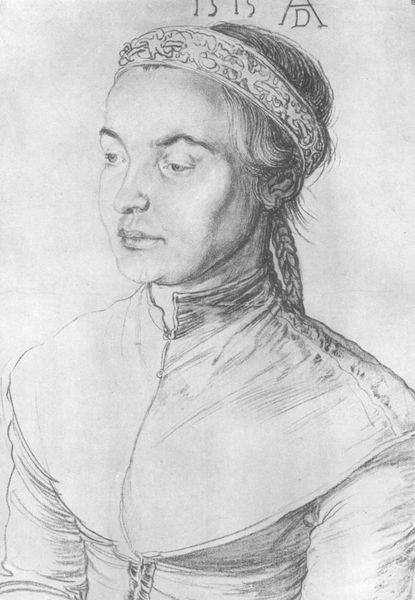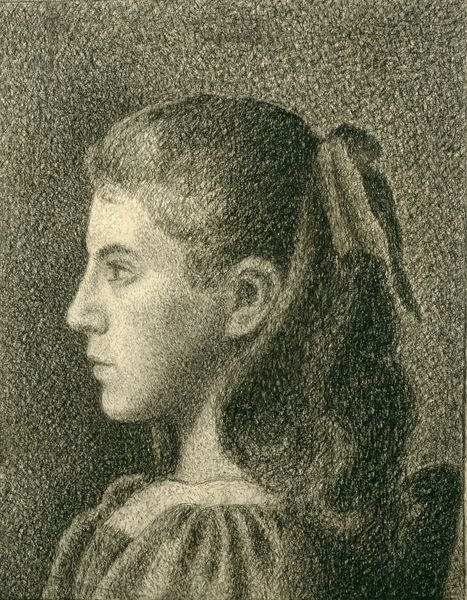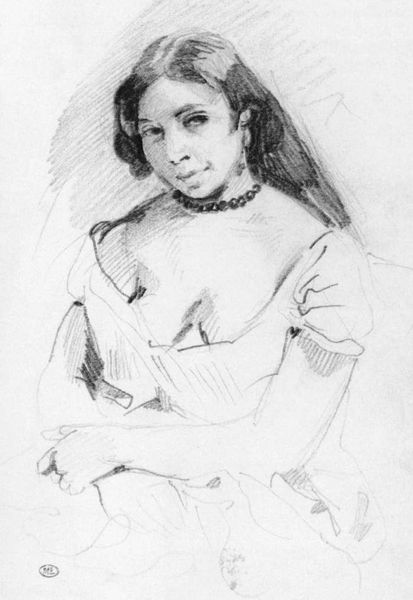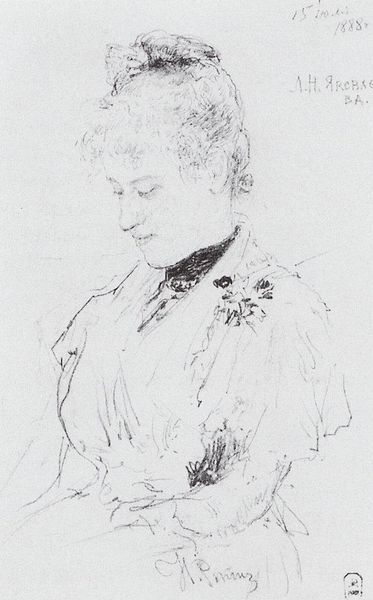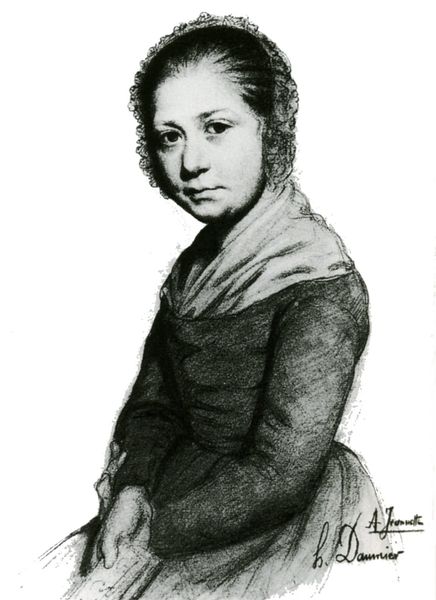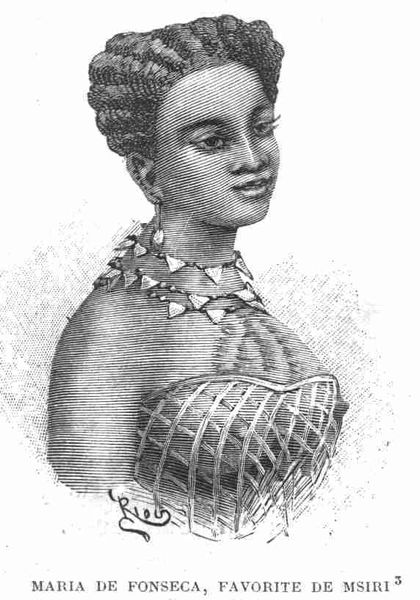
drawing, paper, pencil
#
portrait
#
drawing
#
impressionism
#
paper
#
pencil
#
post-impressionism
Copyright: Public domain
Editor: This is Vincent van Gogh’s "A Mousmé, Half-Figure," a pencil drawing on paper from 1888. The delicacy of the line work makes the subject seem very vulnerable, but there’s also an assertiveness in her gaze. What strikes you when you look at it? Curator: Van Gogh's interest in the mousmé is fascinating. This wasn’t just a portrait, but an exploration of Japonisme. In Japanese culture, a 'mousmé' was a young girl, but for Van Gogh and his contemporaries, it became a symbol of the exotic, an idealized vision of Japanese womanhood, influenced by the woodblock prints they so admired. Do you notice the stylistic parallels with those prints? Editor: Yes, I can see the flattening of space and the strong outlines, almost like he’s translating printmaking into drawing. So, he’s not just depicting a woman, but also an idea about a culture. Curator: Precisely. The "mousmé" embodies a Western fantasy, layering complex meanings. Look closely at the subject’s gaze and expression – what stories do you imagine those details reflect? Editor: It’s ambiguous. She seems both present and distant, holding her own but also maybe bearing the weight of the artist's, and society’s, expectations. Curator: And that tension between individual and symbol, the real and the imagined, makes the drawing so compelling. It is as if she’s on the threshold of different cultural understandings. Editor: It’s interesting how a simple pencil drawing can unpack such complex cultural layers. Curator: Indeed. And perhaps through Van Gogh's lens, we see the fluidity of symbols across cultures and the power of images to shape our perceptions.
Comments
No comments
Be the first to comment and join the conversation on the ultimate creative platform.
